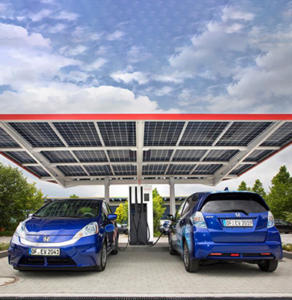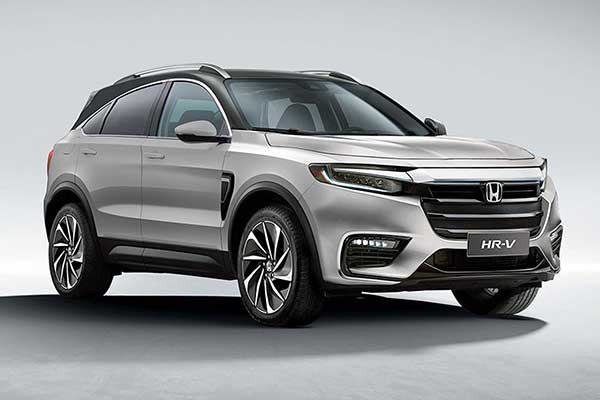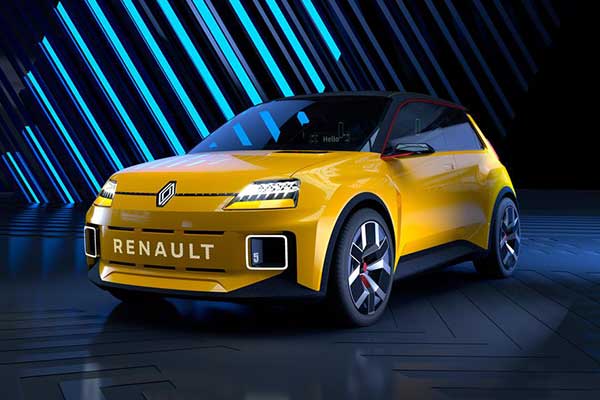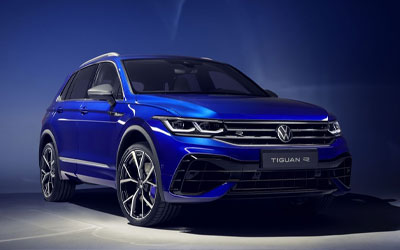In a remarkable move that showcases Honda’s commitment to the electric vehicle (EV) revolution, the renowned automaker has officially embraced the Tesla Charging Standard. This groundbreaking decision not only marks a significant shift in the industry but also paves the way for a more interconnected and convenient EV charging infrastructure. In this blog post, we’ll delve into the details of Honda’s strategic move and explore the implications it holds for the future of electric mobility.
Understanding the Tesla Charging Standard

Before we dive into the impact of Honda’s decision, let’s briefly explain what the Tesla Charging Standard is. Tesla, the EV pioneer, has been instrumental in advancing the electric vehicle charging ecosystem. They developed their proprietary charging connectors and charging network, known as the Tesla Supercharger Network. These chargers are designed to provide rapid charging capabilities for Tesla vehicles.
While Tesla’s Supercharger Network has been exclusive to their own vehicles, they’ve long expressed interest in making it accessible to other automakers. Now, with Honda’s adoption of the Tesla Charging Standard, it seems that this vision is becoming a reality.
Honda’s Shift Towards Electric Mobility

Honda, a stalwart in the automotive industry known for its innovation, has been gradually shifting its focus towards electric mobility. With a goal to electrify two-thirds of its global automobile sales by 2030, Honda is determined to make a substantial impact in reducing carbon emissions and creating sustainable transportation solutions.
By adopting the Tesla Charging Standard, Honda is acknowledging the importance of establishing a universal charging infrastructure. This decision aligns with the automaker’s commitment to making EVs more accessible and convenient for consumers. It signifies a departure from proprietary charging systems and a move towards standardization, which is crucial for the growth of the EV market.
Benefits of Standardization
The adoption of the Tesla Charging Standard by Honda brings several notable benefits to the EV landscape:
1. Interoperability: One of the most significant advantages is interoperability. Electric vehicle owners will no longer be confined to using specific charging stations based on their vehicle’s brand. Honda EV owners can now conveniently access Tesla Supercharger stations and vice versa, enhancing the flexibility and convenience of long-distance travel.
2. Accelerated Expansion: Tesla’s extensive Supercharger Network spans many countries and regions, making it easier for Honda to expand its EV presence globally. This, in turn, fosters the growth of electric mobility on a global scale.
3. Streamlined Infrastructure: Standardization simplifies the development and maintenance of charging infrastructure. With more automakers adopting universal standards, governments and private entities can invest more confidently in expanding the charging network.
4. Consumer Confidence: A standardized charging system builds trust among consumers. They can be assured that regardless of their EV brand, they will find convenient and reliable charging options, making the transition to electric vehicles more appealing.
The Road Ahead
Honda’s adoption of the Tesla Charging Standard is a significant milestone in the EV industry’s evolution. It underscores the importance of collaboration and standardization as essential elements in promoting electric mobility. As more automakers follow suit, we can anticipate a future where charging an electric vehicle is as seamless as filling up a gas tank today.
This strategic move by Honda demonstrates their commitment to a sustainable future and a world where electric vehicles dominate the roads. It’s a testament to the adaptability and resilience of the automotive industry in the face of evolving technology and environmental challenges.
In conclusion, Honda’s embrace of the Tesla Charging Standard is a compelling indicator of the transformative changes occurring in the automotive landscape. It’s a bold step towards a more interconnected and sustainable future, where electric vehicles play a central role in reducing emissions and revolutionizing the way we move. As the automotive industry continues to evolve, we can look forward to even more exciting developments that will shape the future of transportation.





